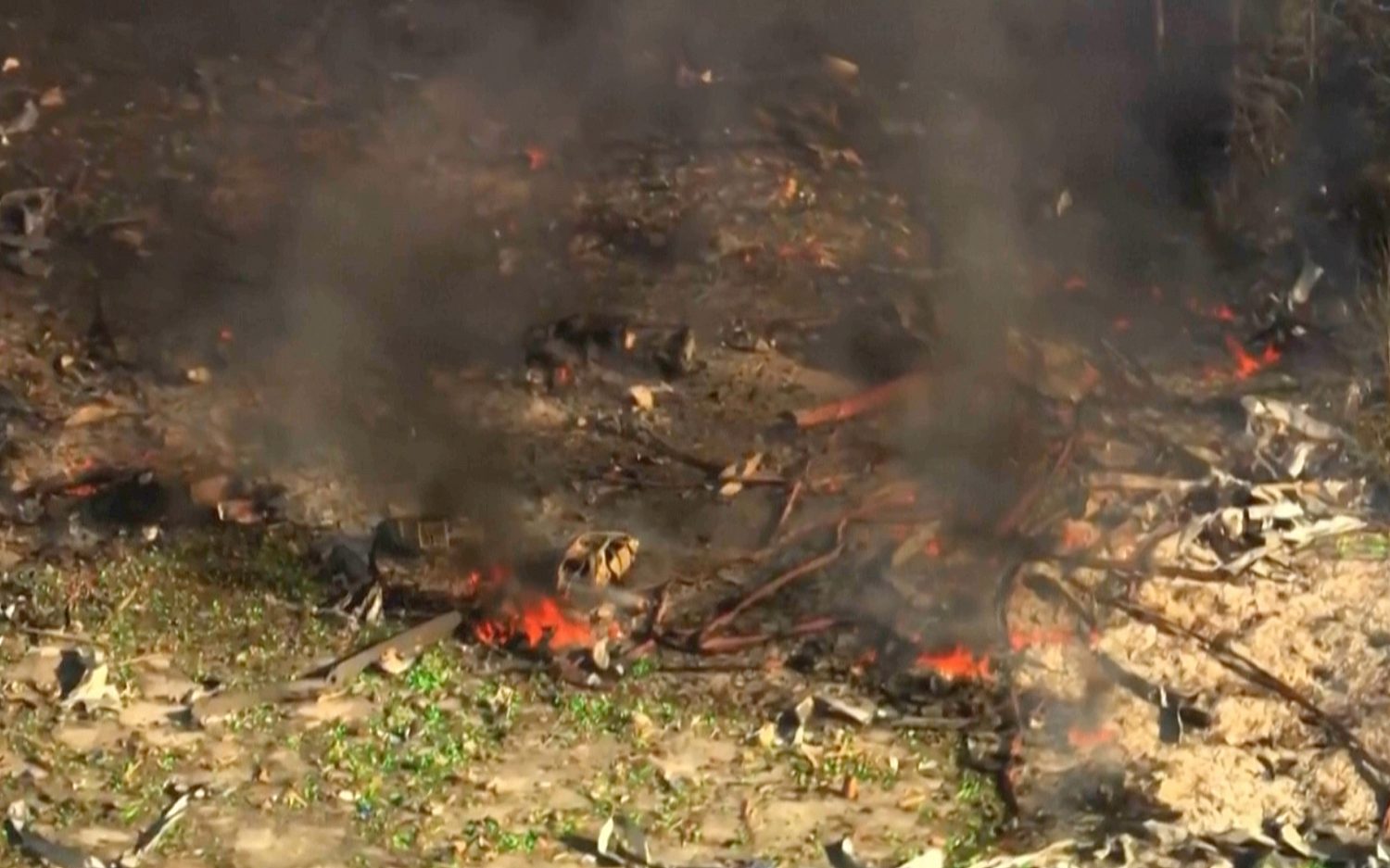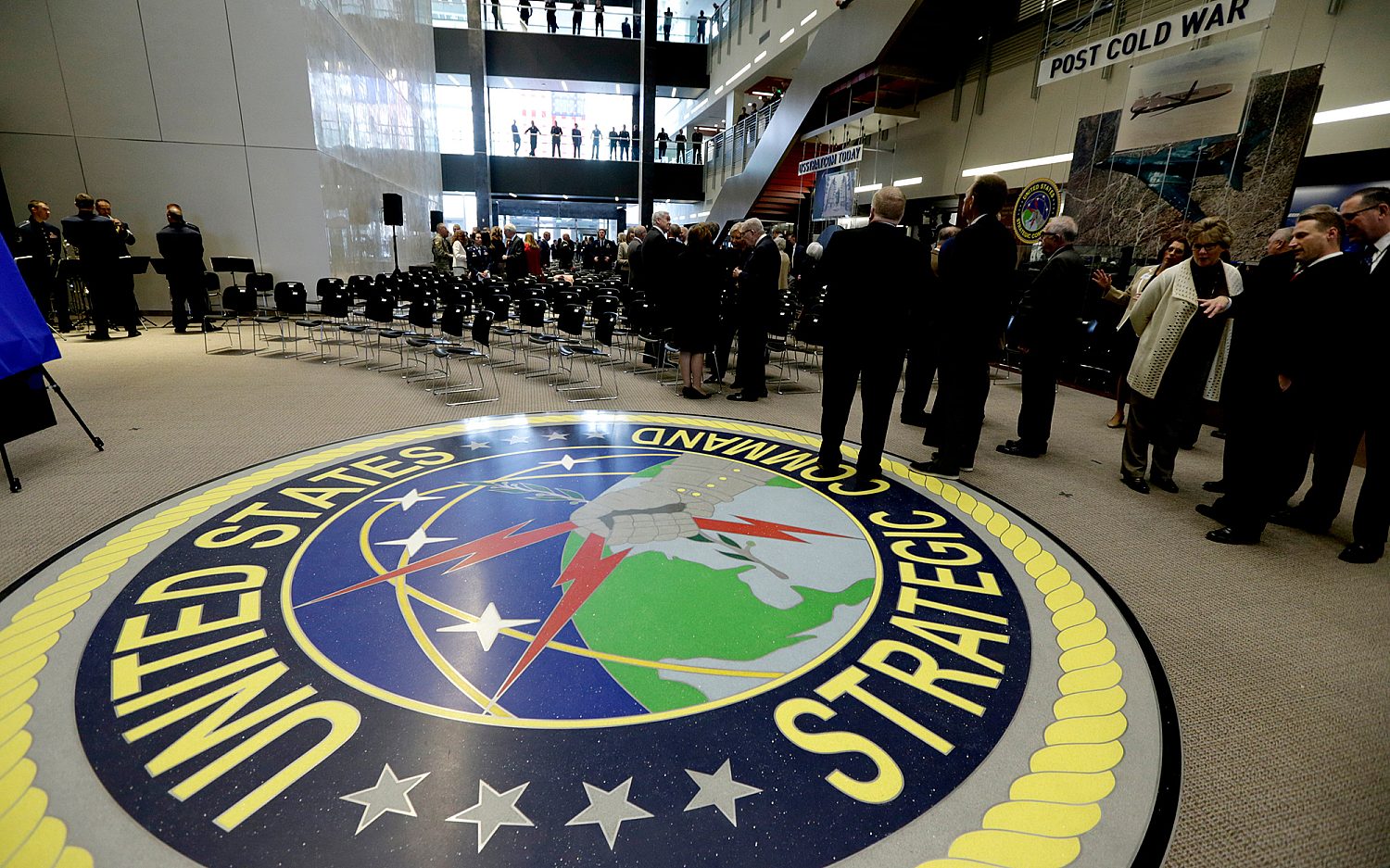After the storm
Irene leaves behind widespread power outages and flooding
WASHINGTON-While not packing the wallop forecasters initially feared, Hurricane Irene's three-day assault on the East Coast still left plenty of devastation in its wake.
As the nation headed back to work Monday, millions of residents from North Carolina to Maine likely were still waking up in the dark and dodging downed trees during their commute.
The breadth of the storm's damage (ranging into Canada), dangerous floodwaters, and widespread power outages will be Irene's legacies. More than 4 million East Coast homes and businesses still lacked power Sunday night.
Irene barreled toward the mainland last week as a Category 3 storm with sustained winds of 115 mph, eliciting fears of an East Coast doomsday. But it hit the North Carolina coast as only a Cat 1 early Saturday morning with winds of 85 mph. By the time it hit New York City Sunday, Irene had been downgraded to a tropical storm.
Still, at least 21 deaths in eight states have been blamed on Irene.
"The impacts of this storm will be felt for some time, and the recovery effort will last for weeks or longer," President Barack Obama said Sunday night.
Government officials estimate that wind damage repairs alone will exceed $1 billion. Several disaster relief agencies are positioned to assist. In addition to the American Red Cross, organizations like Operation Blessing International from Virginia Beach, Va., are prepared to provide relief to residents in their surrounding areas. Disaster News reported that The Christian Reformed World Relief Committee plans to travel east to North Carolina to aid in relief efforts there.
In Philadelphia, flooding of the city's Schuylkill River sent "couches, furniture, all kinds of stuff floating down the street," according to Mayor Michael Nutter.
Parts of Virginia saw 16 inches of rain, and winds along the Chesapeake Bay topped 83 mph. The state experienced its second-largest blackout: 2.3 million people without electricity. Only Hurricane Isabel in 2003 cut off more electricity.
In Richmond, 75 percent of the city's population spent time in the dark over the weekend. According to the National Weather Service, the state capital was one of the hardest hit areas despite its inland location, with the city having more trees felled by longer wind gusts than the state's coastline. Wind blew in Richmond at more than 60 mph from roughly 10 a.m. to 10 p.m. Saturday, officials said.
Virginia Gov. Bob McDonnell warned that the cleanup could be just as dangerous as the storm: "Undoubtedly, there will be more reports of damage, of injuries, perhaps fatalities."
The storm severed in five places the only road leading from the North Carolina mainland to the Hatteras Island portion of the Outer Banks. Everywhere along the North Carolina coast water levels had breached homes and swallowed cars. Fourteen inches of rain fell in Bunyan, N.C., about 50 miles inland. "It's the highest I've seen in 43 years, Darrin Smith of Walnut Island, N.C., told the Virginian-Pilot.
Still, North Carolina Gov. Bev Perdue, after visiting eastern North Carolina on Sunday, said that "overall, the destruction is not as severe as I was worried it might be."
In New York City, government officials closed down public transportation, including all five area airports and the entire subway system over the weekend. Flooding forced the closure of part of the Holland Tunnel between New York City and New Jersey. But most residents in these areas faced minimally flooded streets in only parts of the city, power outages, and downed trees.
New Yorker Greta Sullivan, 24, canceled a trip to Washington, D.C., because of the storm: "I was bummed out I had to cancel plans but was relieved it was downgraded to a tropical storm, it could have been a lot worse." Sullivan was one of a few in upper Manhattan who still had power and internet service.
In Washington, residents spent Saturday hunkered down against the drenching rains and wind gusts. By Sunday morning they awoke to a sunny day with only about 40 to 50 downed trees, according to Mayor Vincent Gray.
But the hurricane marked the end of an odd weather week in Washington-one that began on Tuesday with an earthquake. "There's a movie in here somewhere," Gray said.
But thankfully, in the final assessment, neither the earthquake nor the hurricane reached the monstrous levels of a Hollywood disaster blockbuster.
With reporting by Tiffany Owens in New York.
The Associated Press contributed to this report.
An actual newsletter worth subscribing to instead of just a collection of links. —Adam
Sign up to receive The Sift email newsletter each weekday morning for the latest headlines from WORLD’s breaking news team.





Please wait while we load the latest comments...
Comments
Please register, subscribe, or log in to comment on this article.